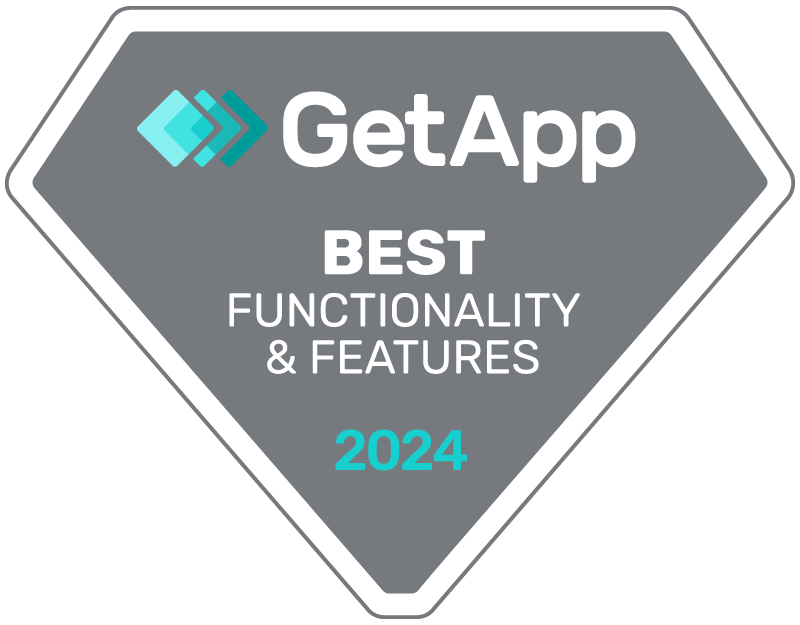3 Things that Shark Tank and Your Employee Engagement Strategy Have in Common

A panel of neatly dressed potential investors (aka “sharks”) sit in a row, pen and paper at the ready.
The doors open.
An entrepreneur strides through – maybe showing some signs of nerves, maybe radiating confidence – and takes their place on the stage.
The pitch begins.
Will the sharks take the bait? Will there be a feeding frenzy to fund the entrepreneur’s dreams? Or will the sharks take a bite out of the entrepreneur on national television?
Shark Tank makes for engaging television. And this engagement is the key to keeping the audience from changing the channel.
Take a few tips from Shark Tank to keep your employees engaged – and keep them from changing the channel from your company’s goals.
Try Questback 14 days for free.
1. Don’t Get Bitten: Have the Data Ready
One thing is always guaranteed on Shark Tank. If the entrepreneurs don’t have their facts correct and ready, the sharks will bite.
When it comes to business, knowing your data is key.
Employee engagement programs that include regular, frequent 360° feedback will provide you with data to measure:
_ Job satisfaction
_ Employee happiness levels
_ Organizational alignment
_ Productivity rates
_ Employee performance
Once you have those numbers to hand, it becomes much easier to see where problems may be occurring in good time to fix them. You can identify top performers more easily, spot opportunities for training and development, and see areas where your organization needs realignment or refocus.

Discover what truly motivates your employees so you can skyrocket your productivity and profitability.
Learn more2. Swim with the Sharks: Connect at an Emotional Level
On Shark Tank, if an investor isn’t stirred by the entrepreneur’s product or service, you can pretty much guarantee that they’ll say, “I’m out.” In order to invest their money and time in a business, they need to feel connected to it on an emotional level.
Your employees are no different.
When you create a culture of connection and interaction, you gain a real competitive advantage. Employees move toward a shared purpose and feel empowered and free to share their ideas.
Creating this culture of connection starts with building relationships – and building relationships starts with coaching-focused managers.
Though a manager’s main focus should be on empowering employees and making sure they have everything they need to do their work effectively, coaching skills are crucial, too. Train your managers to coach employees on their professional development. Teach them how to have meaningful conversations about performance that motivate employees and help them grow.
3. Open the Cage: Create a Beneficial Partnership
The ideal outcome of a Shark Tank pitch (unless you enjoy seeing blood in the water) is a partnership between one of the sharks and the entrepreneur. The entrepreneur provides the idea and the gumption, and the shark provides the money and experience.
A real partnership between an organization and its employees is not just ideal; it’s essential to employee engagement. Employees are the most valuable assets a company has. In fact, there is a direct correlation between employee engagement and customer loyalty.
Modern employee feedback programs not only give you insight on employee engagement, they provide the opportunity to create a two-way conversation. Analyze, share and use that employee insight to make better decisions for your organization.
You can use that insight to guide your:
_ Hiring
_ Professional development programs
_ Recognition and reward programs
_ Choice of tools and equipment used within the business
Loyalty grows when employees see that you’re not only asking for their input, but more importantly acting on it.
Are your employees engaged with your business?
Read more about Employee Surveys.









